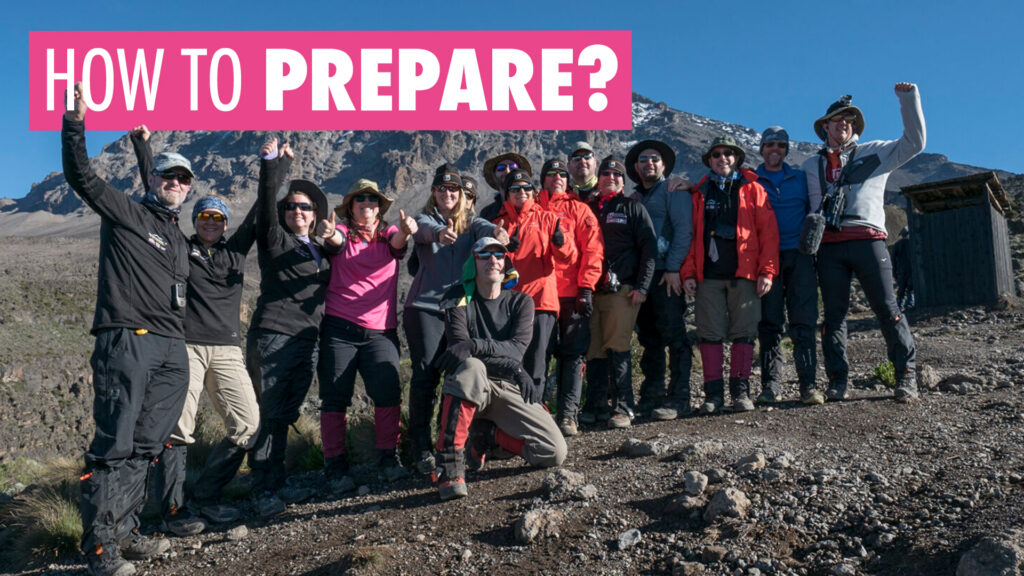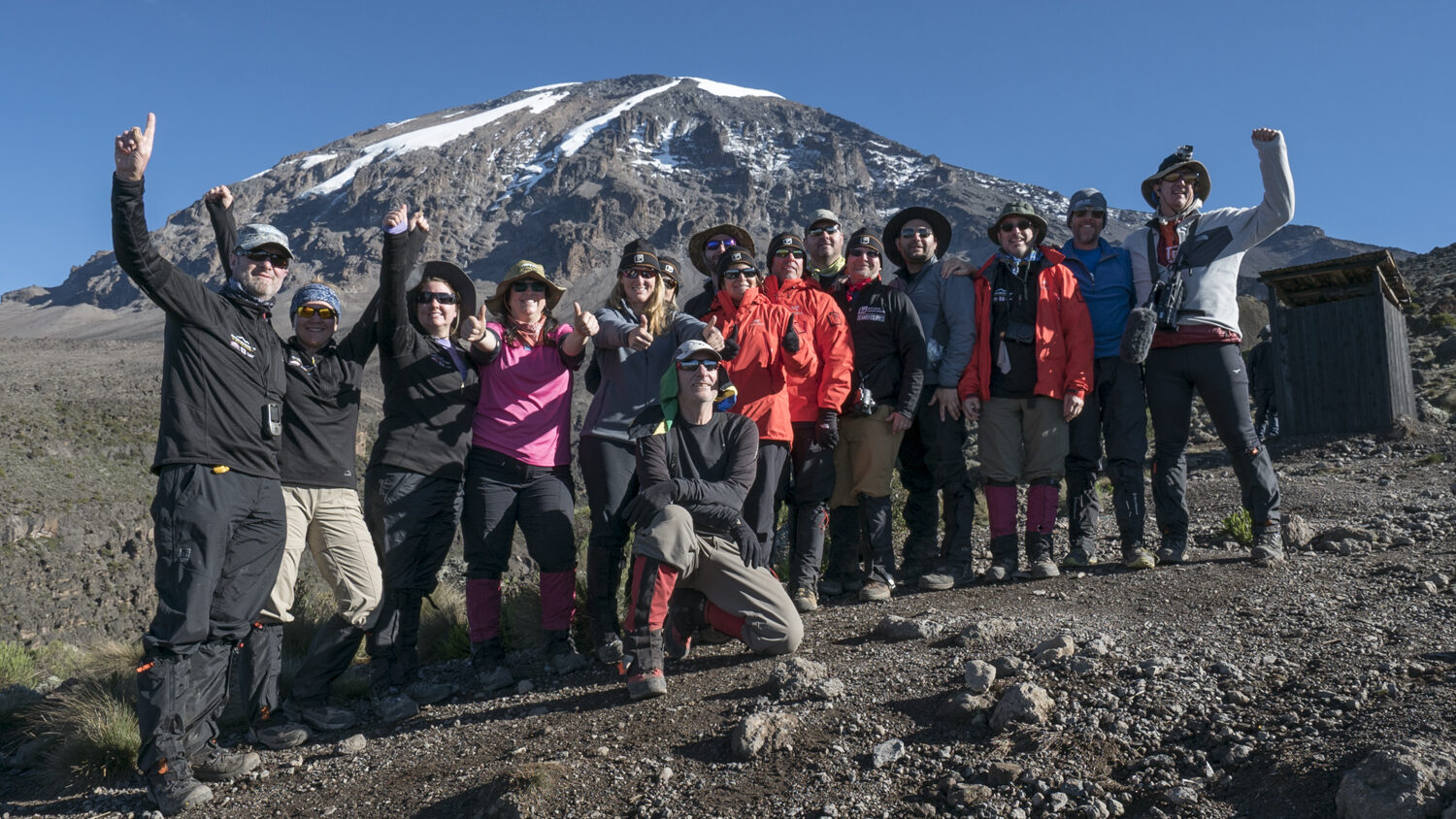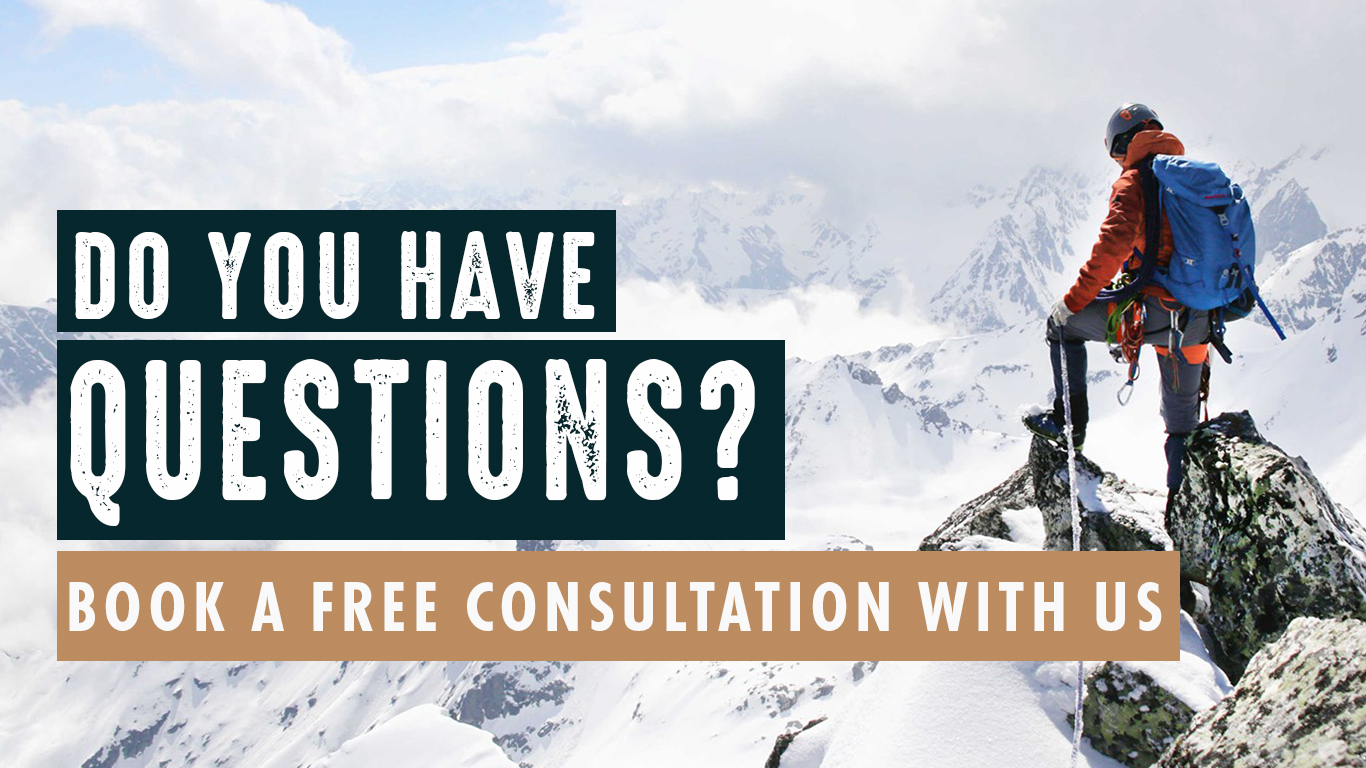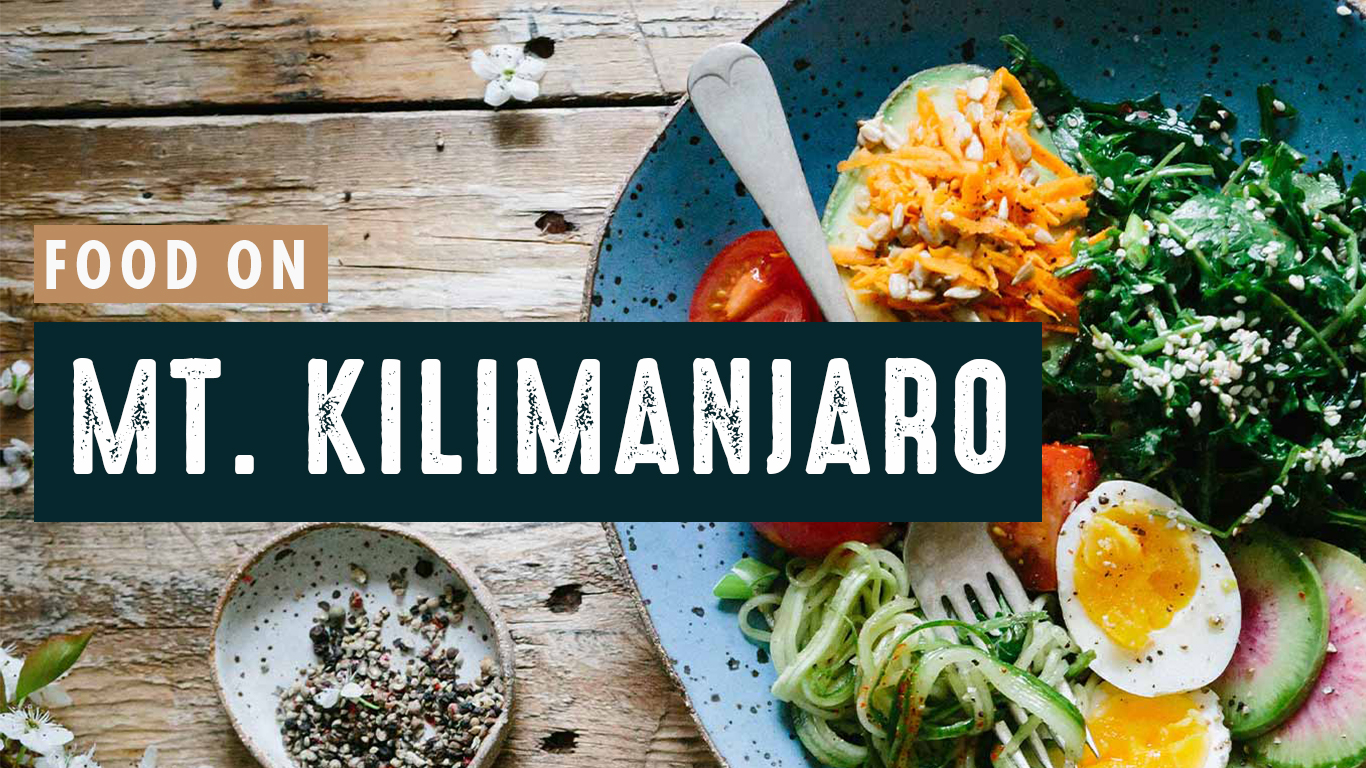
Embarking on the ascent of Mount Kilimanjaro, the highest peak in Africa, demands thorough physical preparation. This colossal undertaking requires a holistic approach to fitness and readiness, ensuring not only the body’s endurance but also its adaptability to the demanding altitudes. To this end, a comprehensive training regimen must be established.
A cornerstone of this preparation lies in cardiovascular training. Regular engagement in activities such as running, cycling, swimming, or brisk walking serves to enhance endurance. This is essential for the sustained exertion and extended durations characteristic of the Kilimanjaro climb. A disciplined approach to cardiovascular exercises, undertaken three to four times a week for 30 to 60 minutes, forms the bedrock of physical readiness.
In tandem with cardiovascular training, strength training assumes a vital role. Exercises targeting the core, legs, and upper body, such as squats, lunges, push-ups, and planks, are integral. This cultivates the muscular strength necessary for negotiating the diverse terrains encountered during the ascent.
Hiking, too, emerges as an indispensable component of Kilimanjaro preparation. It is through this practice that one accustoms the body to the challenges of ascents and descents, steadily building the stamina requisite for the mountain’s unforgiving trails. Opting for routes with varying terrains and elevations mirrors the conditions that will be encountered on Kilimanjaro.
In instances where direct access to high altitudes is not feasible, simulated altitude training systems prove to be invaluable. These systems replicate the reduced oxygen levels experienced at elevated altitudes, enabling the body to acclimate in advance. This serves as an important prelude to the rigors of Kilimanjaro’s challenging terrain.
Adequate flexibility and balance are often overlooked aspects of preparation. Engaging in activities such as yoga, Pilates, and balance drills not only enhance flexibility and stability but also mitigate the risk of injury during the climb.
Beyond the physical realm, mental preparation assumes equal importance. The arduous ascent to Kilimanjaro’s summit necessitates resilience and a positive mindset. Through practices like meditation, visualization, and relaxation techniques, climbers cultivate the mental fortitude required to navigate the demanding journey.
Equally essential is familiarity with the route, potential risks, and symptoms of altitude sickness. This knowledge empowers climbers, alleviating anxiety and fostering confidence in the face of the impending challenge.
By now, you should already know that the right gear and equipment are paramount. High-quality, moisture-wicking clothing for layering, well-fitting hiking boots with robust ankle support, and a comfortable daypack are all indispensable. Additionally, cold-weather gear, including gloves, a hat, and thermal layers, prove crucial for maintaining warmth at higher altitudes where temperatures can plummet.

Safeguarding nutrition and hydration is fundamental for sustaining the energy levels demanded by the climb. A balanced diet, replete with carbohydrates, proteins, and healthy fats, is imperative. Consulting a nutritionist for personalized advice can be particularly beneficial. Simultaneously, staying well-hydrated is paramount; dehydration can exacerbate the symptoms of altitude sickness.
In anticipation of the climb, a thorough medical check-up is imperative. This ensures that any underlying health conditions are addressed and that climbers are in optimal shape for the challenging endeavor. Engaging a reputable tour company with experienced guides provides invaluable support and guidance throughout the climb, enhancing safety and overall experience.
Apart from prepping your body, taking a little extra care with your travel plans can make a big difference! Booking your plane tickets ahead of time not only helps you save some money, but it also gives you plenty of time to handle visa applications and tweak your itinerary if needed. And don’t forget to get familiar with Tanzania’s entry rules, like visa requirements and the documents you’ll need. It’s super important! Plus, having travel insurance that covers high-altitude adventures and potential health concerns adds an extra level of protection for your peace of mind. Don’t worry we cover all of these topics here on our website.
In conclusion, the ascent of Kilimanjaro is a monumental undertaking that necessitates comprehensive physical, mental, and logistical preparation. Through dedicated training, mental fortitude, and a meticulous approach to gear and equipment, climbers can embark on this extraordinary journey with confidence and readiness. It is this holistic preparation that transforms a formidable challenge into a triumph of human spirit and determination.
To learn more about how to prepare, listen to the “How to Train for a Trek” episode of the Type2Fun podcast. You will hear from expert Mike Phipps about 3 do’s and don’s of training, his four month training program, and five areas of overall fitness to improve on pre-trek.







